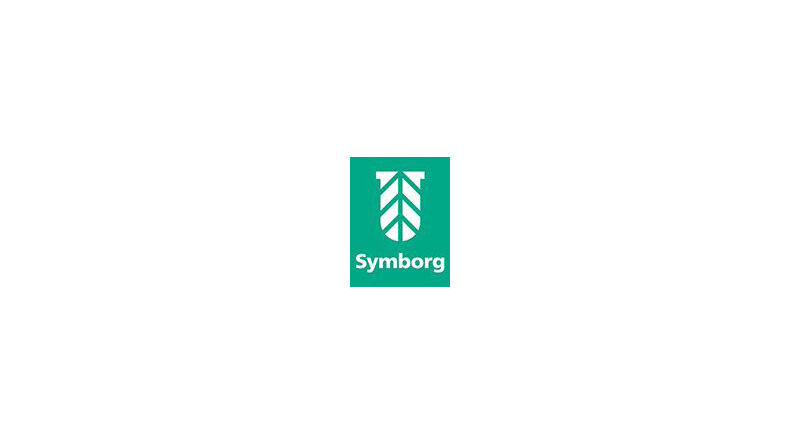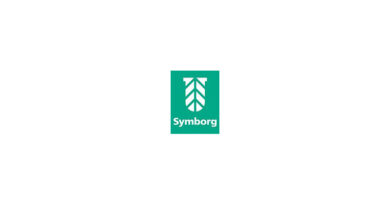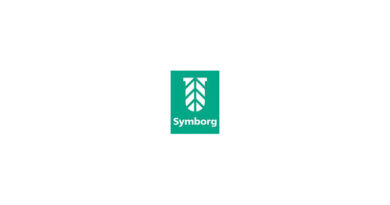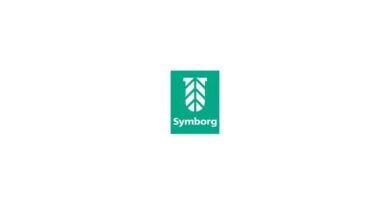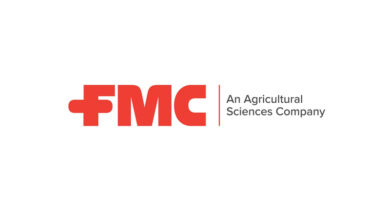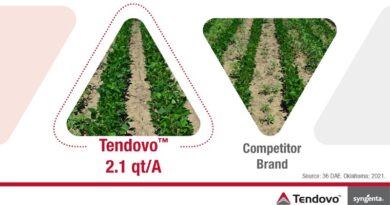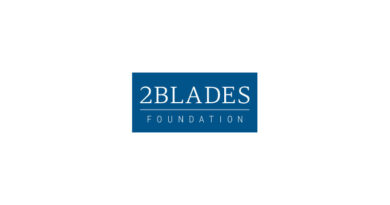Symbiotic microorganisms: what are they and how are they used to improve crop quality?
23 November 2021, California: With the aim of achieving high production and profitability, intensive agriculture has been characterized by genetically improved varieties, as well as high water, nutrient, and pesticide consumption. This system leads to the loss of microbial biodiversity, causing an imbalance that favors opportunistic and oxidative microorganisms and also the worsening of soil quality. This results in a drop in productive potential and crop yields.
Therefore, the use of efficient microorganisms and the knowledge of how they interact with plants and with one another within the intensive agricultural system must be considered as a practical and necessary strategy to help overcome these challenges.
In the soil, the plant’s microorganisms and roots live together and interact. Depending on the way in which they do this, microorganisms are separated into 4 microbial groups: symbiotic, associative, free-living, and endophytic.
What are symbiotic microorganisms?
They are microorganisms that are associated with the plant in a symbiotic or mutualistic manner. They establish a direct link derived from the need for both to develop, which gives rise to mycorrhizal structures.
What is mycorrhizal symbiosis?
Mycorrhizal symbiosis is the relationship of mutual benefit where an exchange of nutrients and water for carbon is established between the mycorrhizal fungus and the young cells of the roots of most plants of agricultural interest.
In this process, the fungus develops towards the outside of the root through extramatrical mycelium which explores the soil and absorbs and translocates nutritional elements and water to the plant. At the same time, the fungus produces specialized structures within the root, called arbuscules, where they exchange nutrients obtained from the soil with the plant.
Not all mycorrhizal fungi are the same: they do not have the same characteristics and, therefore, do not achieve the same results.
MycoUp, MycoUp 360 and Resid HC contain a new and exclusive mycorrhizal fungus that has been discovered and patented by Symborg: Glomus iranicum var. tenuihypharum.
Glomus iranicum var. tenuihypharum is a mycorrhizal fungus with exclusive characteristics, which allow it to be highly efficient in intensive agriculture conditions:
- Abundant production of extramatrical mycelium.
- External sporulation of the root.
- Tolerance to high concentrations of fertilizers.
What are the benefits of glomus iranicum var. Tenuihypharum for crops?
- Higher production and homogeneity of the crop.
- Better fruit quality and commercial sizes.
- Higher productive regularity.
- Better physical, chemical, and microbiological properties of the soil.
- Improves plant condition against crop stresses.

